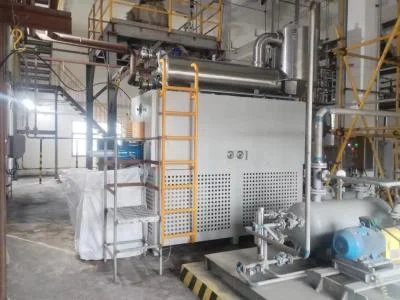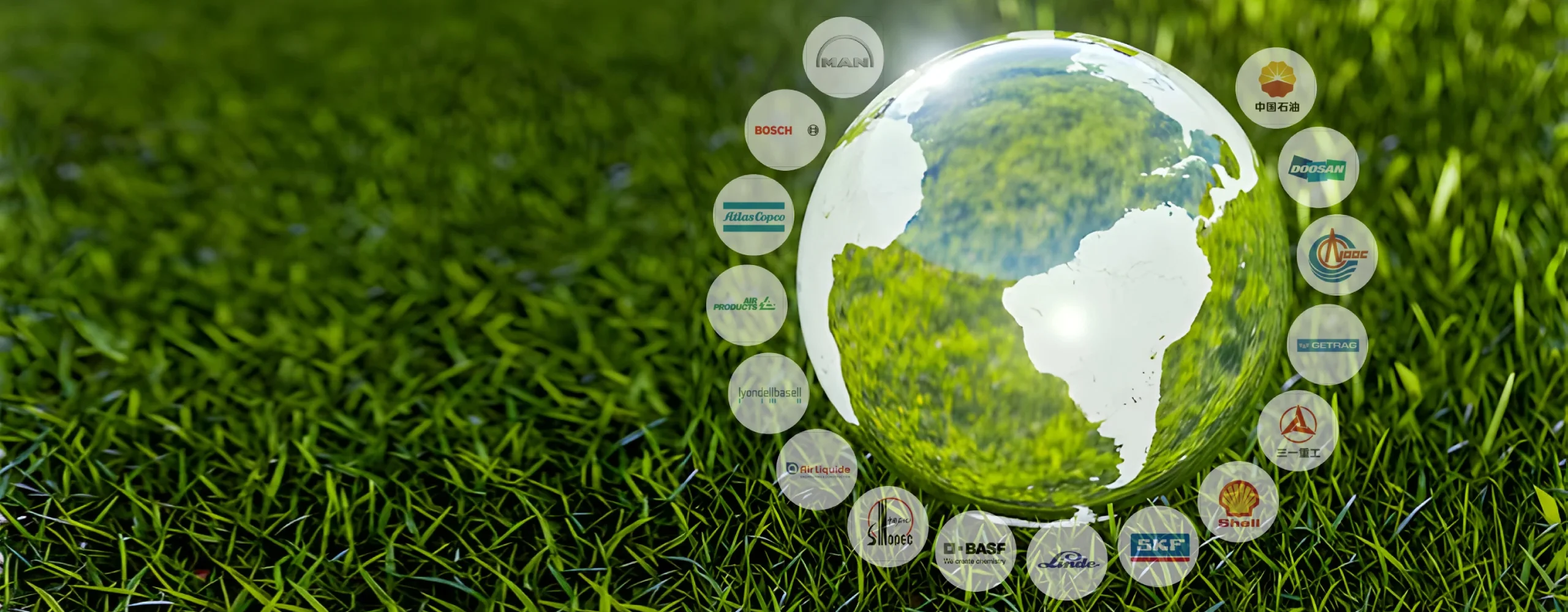Concept
Wastewater from oil and gas field development: refers to wastewater generated during the underground operations of oil and gas fields such as exploration, drilling (including exploration wells), completion, fracturing, well washing, drainage gas production, and gas collection station gas production.
Reuse: also known as reuse, recycling, and redistribution; that is, after the wastewater is treated, it meets the requirements of self-reuse or other oilfield development process water use indicators to complete reuse and recycling, saving water resources.
Common types of wastewater
1. Drilling mud wastewater: water used to lubricate the drill bit and carry cuttings from the wellbore to the ground during drilling;
2. Fracturing flowback fluid: fracturing fluid is prepared to form a high-viscoelastic fracturing fluid, which carries the “proppant” into the formation to support the cracks, and the wastewater returned after the fracturing fluid breaks the gel;
3. Gas (oil) production wastewater: when natural gas or oil is produced from underground to the ground, it will bring out the “associated water” of the formation, and the longer the production time, the higher the water content
4. Other underground operation wastewater: wastewater generated by gas testing operations, continuous tubing operations, well washing operations, etc.
Ways of water treatment and reuse
1. Treatment of guar gum fracturing flowback fluid and reuse of guar gum fracturing fluid
2. Treatment of guar gum fracturing flowback fluid and reuse of bio-gel fracturing fluid
3. Treatment of guar gum fracturing flowback fluid and reuse of polymer fracturing fluid
4. Treatment of bio-gel fracturing fluid and reuse of bio-gel fracturing fluid
5. Treatment of bio-gel fracturing fluid and reuse of guar gum fracturing fluid
6. Treatment of bio-gel fracturing fluid and reuse of polymer fracturing fluid
7. Treatment of guar gum (bio-gel, polymer) fracturing fluid and reuse of drilling fluid
8. Drilling mud wastewater and reuse of drilling fluid
9. Drilling mud wastewater and reuse of guar gum fracturing fluid
10. Drilling mud wastewater and reuse of bio-gel fracturing fluid
11 .Drilling mud wastewater is re-mixed with polymer fracturing fluid
12. Gas production wastewater is treated and re-mixed with guar gum (bio-gum, polymer) fracturing fluid
13. Gas production wastewater is treated and re-mixed with guar gum (bio-gum, polymer) fracturing fluid
14. Fracturing flowback fluid is treated and discharged to meet the standards for urban miscellaneous water
15. Drilling mud wastewater is treated and discharged to meet the standards for urban miscellaneous water
16. Gas collection station gas production wastewater is treated and discharged to meet the standards for urban miscellaneous water
17. Fracturing flowback fluid, drilling mud wastewater, and gas production wastewater are reused in other “industrial water reuse”, such as coal washing wastewater, ore washing wastewater, coking wastewater, steel wastewater, non-ferrous metals, etc. Industrial wastewater reuse can be cross-constructed and cross-configured according to the situation in the same region, which can reduce transportation costs, water resource costs, and process compliance costs, and truly reuse resources at the lowest cost, because some components in the water may have a “gain effect” on the reuse of another process (water use index), forming a synergistic effect, which reduces the treatment cost. There are cases in the industry.
(The above 1-17 items have actually answered the question of “where should the wastewater treatment resource utilization path go”. There seem to be many ways, but in fact they are nothing more than “recycled water projects” in “municipal sewage”)

The “cross-self-reuse” of oil and gas field wastewater is not ideal in the implementation of the oil field, because it is “cross-professional, cross-departmental, and cross-leadership”. Such three crosses increase the difficulty. The self-sufficient model (reuse of fracturing fluid for return fluid, and reuse of drilling wastewater for drilling fluid) can still be implemented, but it is even more difficult to use drilling waste fluid for “fracturing fluid”. Difficulty 1 is that the profession must be understood in both aspects! However, there are few technicians who are very proficient in drilling fluid and fracturing fluid at the same time; Difficulty 2 is that there is no communication between departments at ordinary times; Difficulty 3 is that the leaders belong to different department-level or even bureau-level units, and communication is difficult; therefore, the issue of cross-use resource utilization has been shelved. However, from a macro perspective, this is the best configuration method.
It is even more difficult to reuse treated water in other industries and processes. The communication between enterprises and the government involves different industries, and there is no intersection between industries. Even if there is an intersection, it is a relationship under the jurisdiction of the local government. The government and enterprises think from different angles and stand in different positions. It takes time to reach a consensus.
So, where should the path and path of water resources go? It is indeed a question that environmental protection workers and ecological environment departments need to think deeply.
If oil fields are to be developed, there must be wastewater! If wastewater discharge meets the standards, the cost will inevitably be high!
The high cost of water treatment leads to huge costs for oil field development; the problem of environmental water pollution is solved at a low cost, but the problem is not solved thoroughly. This tug-of-war between “front, back, left, and right” can be seen in the game between the “environmental protection industry” standards and the “petroleum industry” standards. The environmental protection standards are being “relaxed” because the economy needs to grow; the petroleum industry standards are being “retreated” because they need to develop “natural gas” to avoid a large-scale “natural gas panic”. Relying on imported natural gas is not sustainable. This imbalance and contradiction requires new technologies and new management ideas to solve. It requires the government, oil companies, and environmental protection companies to work together to make the motherland a truly beautiful home with green waters and green mountains.
